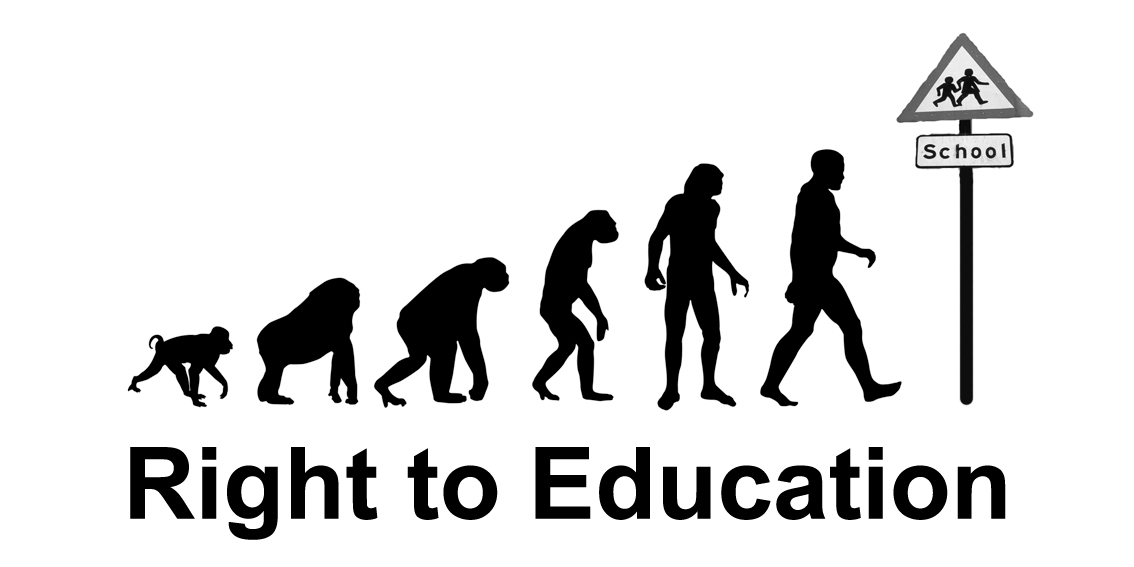This exam feels more like a game. It could be the future of testing.

Imagine a high school final that feels more like a computer game than a test. Instead of only answering questions with A, B, C or D, you also demonstrate you can hone a set of materials into a functional object – like a water filter. You keep working until the water runs clear.
Meanwhile, the test is scoring how creatively you approached the challenge or how critically you thought through the steps.
In short, imagine being tested on what you can do rather than only on what you know.
That's exactly what hundreds of thousands of high school students nationwide will experience this school year as an Indianapolis-based STEM education nonprofit rolls out its new end-of-course assessments, which one teacher described as "gamified."
Project Lead the Way— which trains teachers and offers biomedical science, engineering and computer science curriculum to schools in all 50 states — created the test to more accurately reflect students' classroom experience. As many as 400,000 high schoolers in Indiana and across the nation are expected to take the new test this school year.
Sure, the problems are about science or engineering, not fighting zombies, and the simulations aren't made to look like a game. But some educators say it will still be more engaging, and more akin to what students do during class.
Some experts familiar with the new test say this could be the direction all tests are heading, although it may be more difficult for standardized exams such as the SAT or ACT.
Changing applications: SAT and ACT will soon be optional at Ball State. Here's what they'll use instead.
Not done with testing yet: Why high schoolers are still told to take the SAT/ACT as some colleges drop requirements
How the test will get rid of familiar multiple choice questions
Instead of multiple choice questions, Project Lead the Way students will watch videos, respond to scenarios and go through simulations, some of which won't have a right or wrong conclusion. The test, administered entirely on a computer, will use artificial intelligence to measure students' success against all potential outcomes.
The simulations will echo projects students do in class. Some may encourage them to test a few different options before selecting the best one.
The old test would have been limited to asking, "What is your next step?" and listing Continue reading: Project Lead the Way's new exam could be the future of testing









